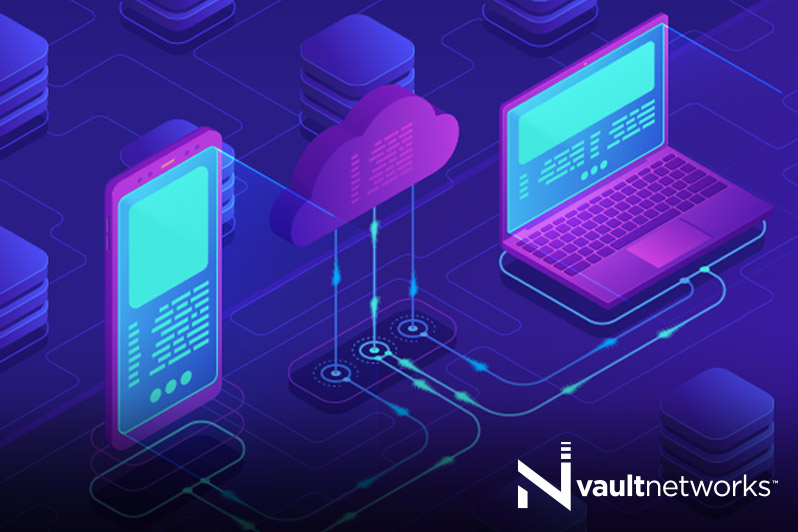Choose a Suitable Cloud Integration Level
You can migrate your business application to the cloud through two methods:
- Shallow integration
- Deep integration
A shallow integration or a lift-and-shift migration is one in which you move the application to the cloud, but make limited or no changes to the servers that are instantiated in the cloud. Minor application changes are required so that it can run smoothly in the new environment, but no unique cloud services are utilized. In other words, the application is moved as it is. For a deep cloud integration, the application is modified so that you can utilize simple to complex cloud advantages such as dynamic loading, auto-scaling, and serverless computing capabilities. You’ll require software like AWS Lambda or Amazon S3 for the purpose; the latter of these stores cloud-specific data.
Pick from Single or Multi-Cloud Environments
You can either choose a single cloud provider and optimize your applications for that particular environment or you can choose a multi-cloud approach, which can be further divided into different models.
The former choice is simpler to implement, but when you work with only a single provider, you might not be able to negotiate SLAs and other important terms. If you choose multiple cloud providers, you can either move different applications to different cloud environments or split a single application over multiple clouds, availing services from different providers and utilizing the key advantages of each. However, this can also be risky in the sense that application performance will then depend on both providers, and if the services of one are impacted, your customer experience may suffer.
Establish KPIs
While you may already have defined KPIs, review them again and see if they need to be modified for the cloud environment. Cloud migration KPIs can be divided into several categories like user experience, infrastructure, and component performance.
Create a Plan for Migrating Data
Data migration is a tricky aspect of the cloud migration process. When doing so, carefully decide a data location option because it can impact application performance. For instance, if the data is in the cloud, but your data access methods are still on-premises, performance will be affected.
You can migrate data in some ways. One of these is to use a bi-directional syncing mechanism between cloud and on-premises databases. Once all consumer data is on the cloud, you can disconnect and remove the on-premise database. Another way is to synchronize your on-premise database with the cloud database and provide access to the former to all users. When the entire migration is completed, you can disable the on-premise database and grant access to the cloud database.
Ready to learn more about Cloud Migration?
Vault Networks works with many organizations every day to keep their applications running in tip-top shape in our vnCloud platform, and we will be happy to assist you any way that we can in starting your migration.
Discover how Volico can help you with your Cloud Migration needs.
• Call: 305 735 8098. Ext. 2
• Chat with a member of our team to discuss which solution best fits your needs.

